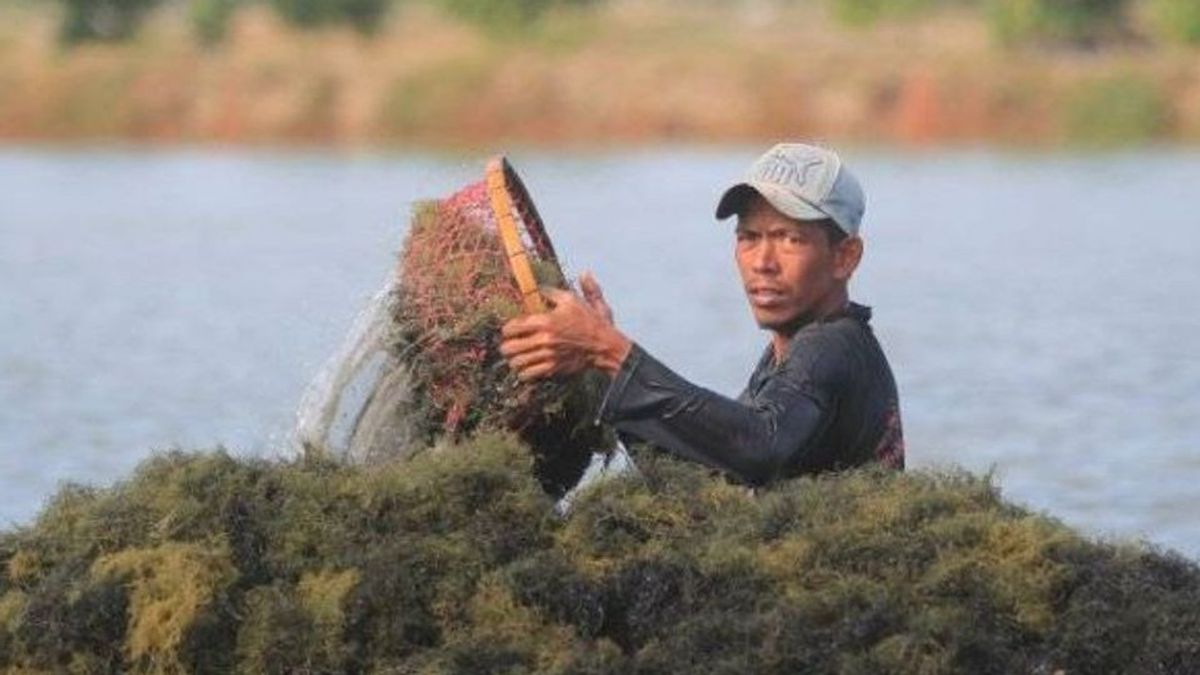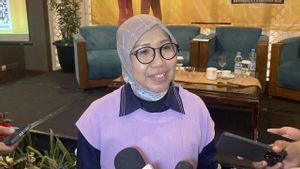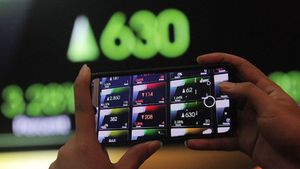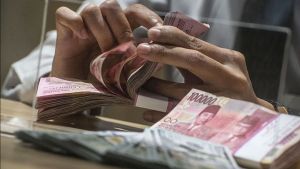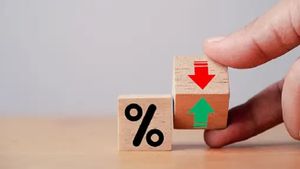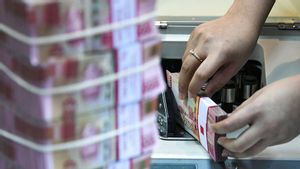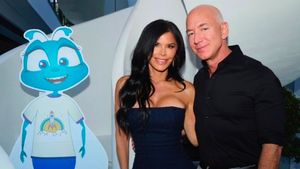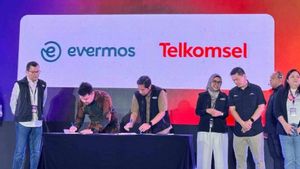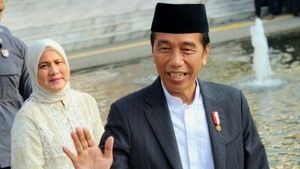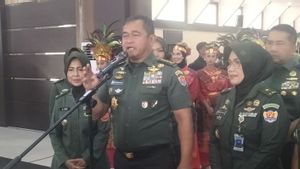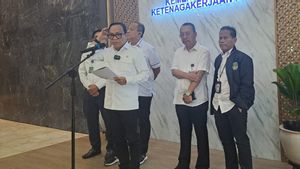YOGYAKARTA - Luhut Binsar Pandjaitan, Coordinating Minister for Maritime Affairs and Investment (Menko Marves), said that downstreaming of green gold would have a major impact on the Indonesian economy. Luhut revealed that the downstreaming had been carried out since 2 years ago. So what is downstream green gold and for example?
Luhut said through his Instagram account @luhut.pandjaitan, Indonesia's revenue would increase if the government cultivated and developed green gold such as seaweed derivative products. Luhut also revealed that seaweed commodities will be explored like the coal industry.
The downstream of marine and fishery commodities will continue to be improved by the Indonesian government for the next 5-10 years. It is important to understand what downstream green gold is and its benefits for economic growth.
Downstream green gold is a labor-intensive industry that processes seaweed as raw material for the manufacture of selling-valued products. Based on the book Global Value Chain (2002) written by Ricky Virona Martono, downstream industry is one of the strategy to increase the added value generated by the state.
Global Value Chain (GVC) on the one hand takes or absorbs raw materials from a country to be produced in other countries to eventually be sold widely. The exploration and exploitation of natural resources can boost the economy of a country.
From the official website of the Ministry of Administrative Reform and Bureaucratic Reform (PAN-RB), downstreaming is a sustainable economic transformation process where commodity-based industrialization policies are of high value, towards a more complex economic structure.
Downstreaming of green gold that has been carried out by the Indonesian state is absorbing and processing seaweed. As stated by Luhut Binsar Pandjaitan, the downstreaming of seaweed has been carried out since 2 years ago.
The pilot project of downstreaming green gold water clumps' is carried out on an area of 100 hectares in East Lombok. The government collaborates with Sea6 and other stakeholders to explore the potential for downstreaming of seaweed in Indonesia.
"If we do it optimally, this program will not only contribute to efforts to curb climate change, but also provide added value to the economy and improve the welfare of coastal communities, and most importantly reduce Indonesia's dependence on the mining sector," said Luhut.
Luhut also said that the global seaweed trade value reached 3.7 billion US dollars or equivalent to Rp57 trillion. Of the total global seaweed trade, Indonesia contributed 16 percent, namely 600 million US dollars or equivalent to Rp9 trillion.
The largest seaweed production in Indonesia is in East Nusa Tenggara (NTT). Based on data from the Ministry of Maritime Affairs and Fisheries (KKP), the volume of seaweed production until 2020 has reached more than 2.1 million tons or around 22.45 percent of the total seaweed production in the country.
Luhut also said that downstream green gold can produce added-valued products to move the wheels of the community's economy. Every 100 hectares of large-scale seaweed cultivation will produce 10,000,155 tons of wet seaweed production per year, hundreds of workers directly from coastal residents, and about 1 million liters of biostimulant production or organic fertilizer capable of covering 1-2 million agricultural land.
Based on records from the Central Statistics Agency (BPS), seaweed cultivation is the main livelihood for the coastal community of NTT. From the 2021 Seaweed Potential Commodity Survey (SKPP-RL21), there are more than 10,000 households in NTT Province undergoing a seaweed cultivation business.
That's a review of what downstream green gold is, which the Indonesian government continues to push. Downstream green gold has been carried out since 2 years ago and contributes to moving the country's economy and society. Also read the mineral downstream policy.
Stay up to date with the latest domestic and other overseas news on VOI. We present the latest and most updated nationally and internationally.
The English, Chinese, Japanese, Arabic, and French versions are automatically generated by the AI. So there may still be inaccuracies in translating, please always see Indonesian as our main language. (system supported by DigitalSiber.id)
